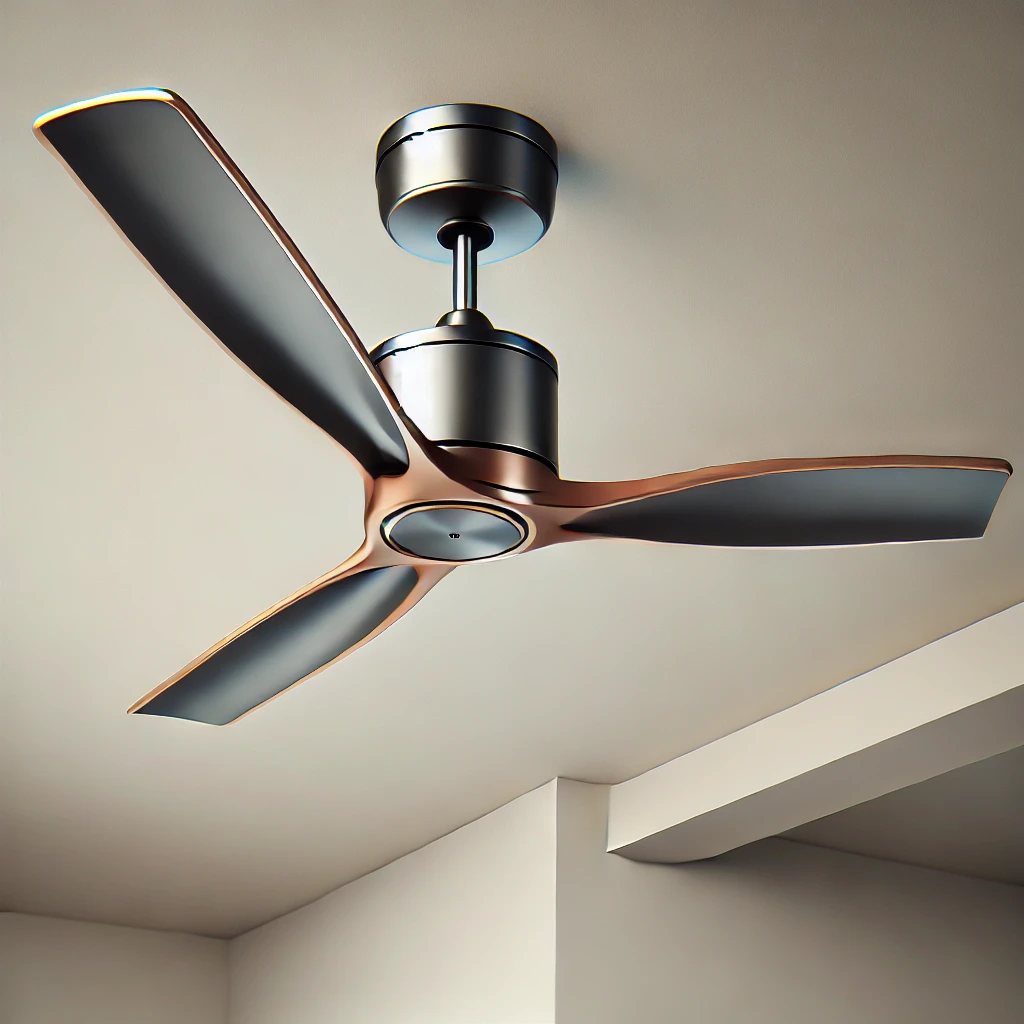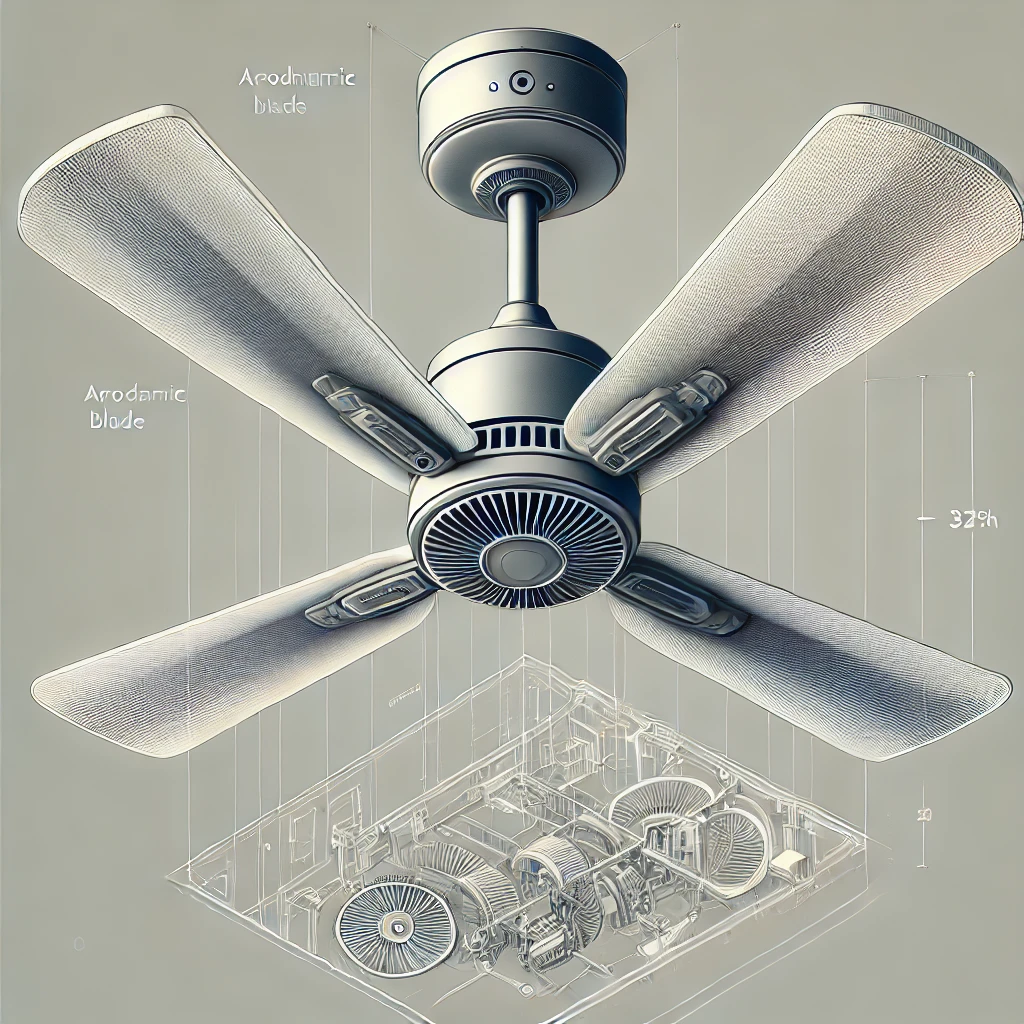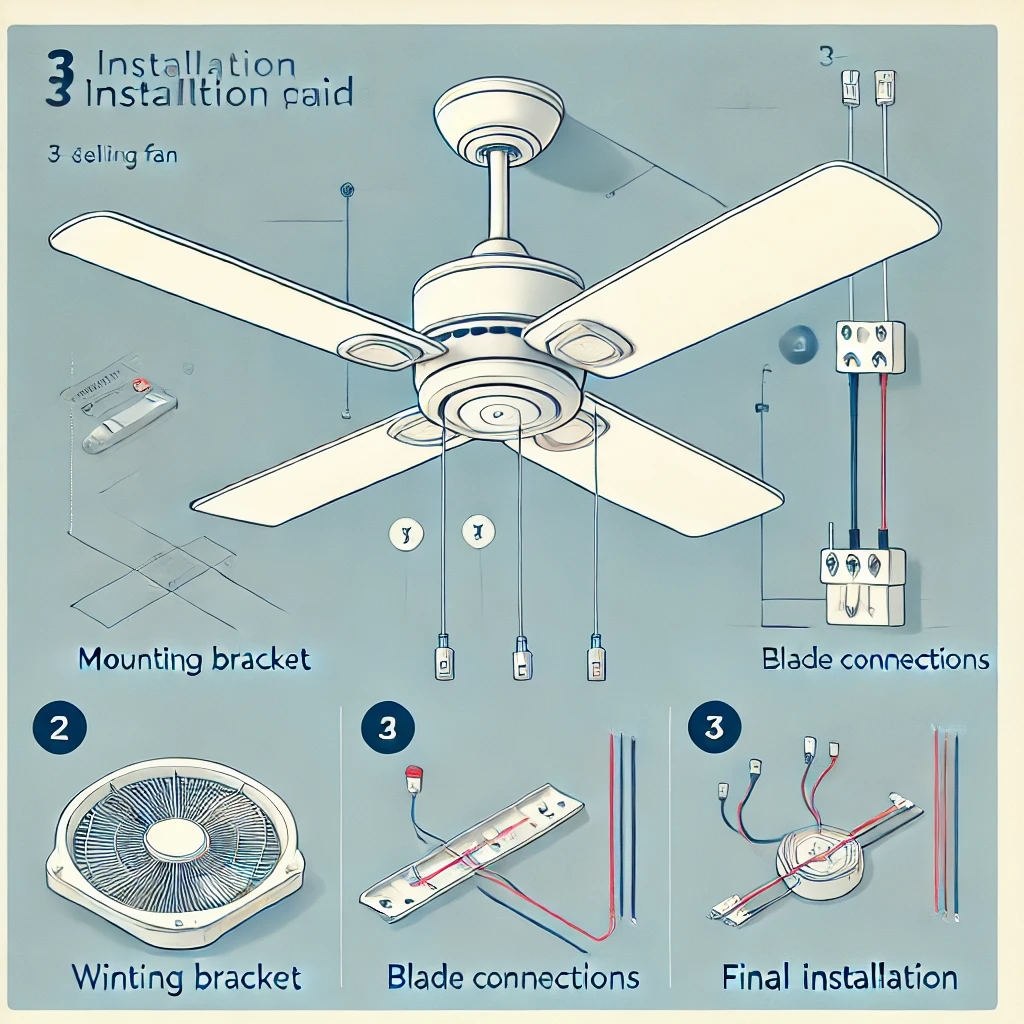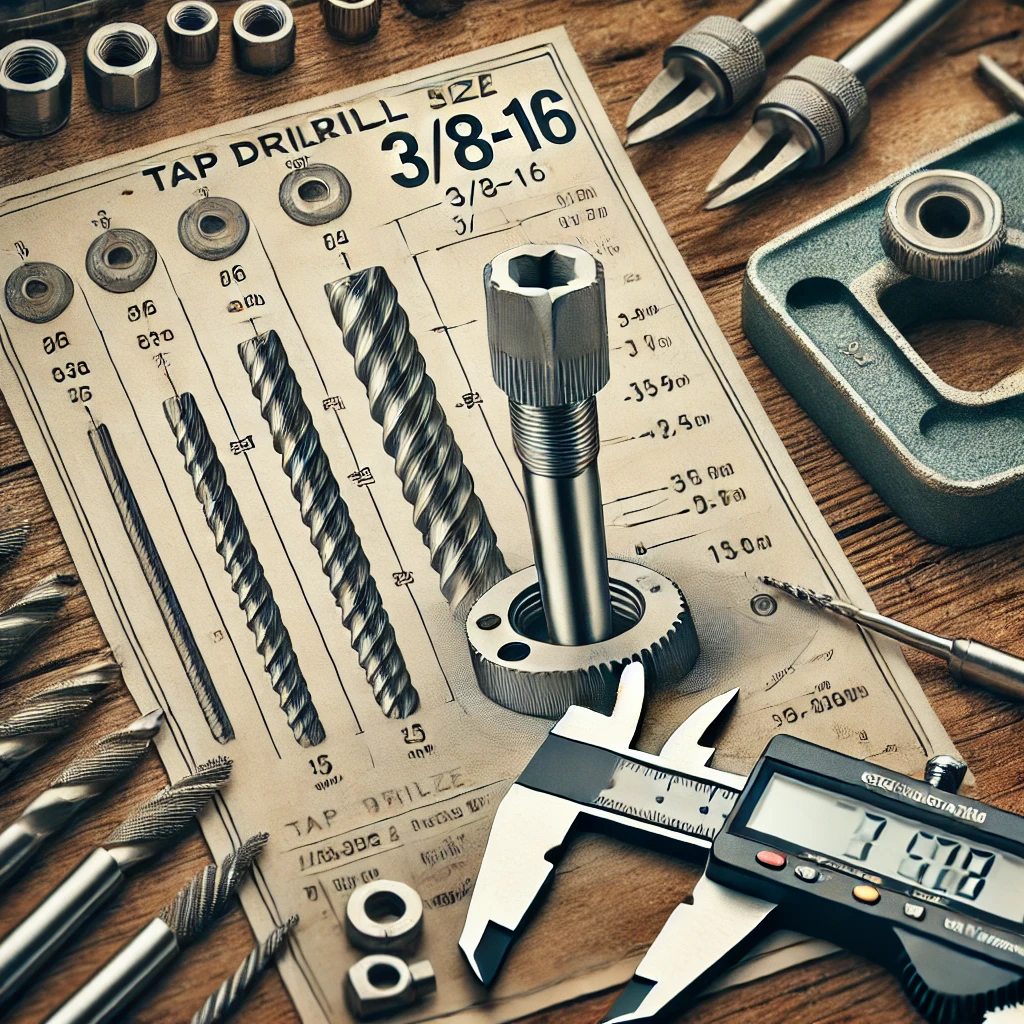3-Blade Ceiling Fans: Efficiency, Design, and Buying Guide

Introduction
Ceiling fans are a staple in homes and offices, providing an energy-efficient way to circulate air and maintain comfort. Among the various designs available, the 3-blade ceiling fan has gained popularity due to its sleek design, optimal airflow, and energy efficiency. While some may assume that more blades mean better performance, a well-engineered 3-blade ceiling fan balances aesthetics, aerodynamics, and cost-effectiveness.
In this guide, we will explore everything you need to know about 3-blade ceiling fans, including their benefits, design aspects, energy efficiency, installation, and maintenance tips. Whether you’re looking to upgrade your home or find the perfect fan for a commercial space, this article will help you make an informed decision.
Why Choose a 3-Blade Ceiling Fan?
1. Energy Efficiency
One of the biggest advantages of a 3-blade ceiling fan is its ability to operate efficiently while consuming less energy. The reduced number of blades minimizes drag, allowing the motor to run smoothly without excessive power consumption. This makes it an excellent choice for eco-conscious homeowners.
2. Aerodynamic Performance
Three-blade fans are designed with aerodynamics in mind. The spacing and angle of the blades allow for smooth airflow, reducing resistance and noise. Compared to fans with more blades, they generate a strong breeze without overloading the motor.
3. Sleek and Modern Aesthetic
A 3-blade ceiling fan offers a contemporary look that blends well with modern interiors. Whether in a minimalist living room, an industrial-style loft, or a commercial space, these fans provide both function and style without cluttering the ceiling.
4. Cost-Effectiveness
Fewer blades mean lower manufacturing costs, making 3-blade ceiling fans more affordable compared to 4 or 5-blade models. Additionally, their energy efficiency leads to long-term savings on electricity bills.
Understanding the Design of 3-Blade Ceiling Fans

Blade Material and Construction
The blades of a ceiling fan can be made from various materials, each affecting performance and durability:
- Wood: Aesthetic and natural-looking, often used in traditional or rustic designs.
- Metal: Durable and sleek, commonly found in industrial and commercial settings.
- Plastic or ABS: Lightweight and resistant to moisture, making it ideal for outdoor or humid environments.
Blade Pitch and Size
The angle at which the blades are set (blade pitch) determines the amount of air moved by the fan. A 3-blade ceiling fan typically has a blade pitch of 10–15 degrees, which provides an optimal balance between airflow and energy consumption.
The size of the fan should also match the room size:
- Small rooms (up to 100 sq. ft.) – 36–42 inch fan
- Medium rooms (100–300 sq. ft.) – 44–52 inch fan
- Large rooms (300+ sq. ft.) – 54 inches or more
Energy Efficiency and Performance

Motor Types
A ceiling fan’s efficiency depends on the type of motor used:
- AC Motors: Traditional and cost-effective but slightly noisier.
- DC Motors: More energy-efficient, quieter, and often compatible with smart home systems.
Energy Savings and Sustainability
A 3-blade ceiling fan consumes 35–75 watts per hour, significantly lower than air conditioners. Using fans alongside AC units can reduce cooling costs by up to 30%.
Installation Guide for 3-Blade Ceiling Fans

Tools Required:
- Ceiling fan kit
- Screwdriver
- Ladder
- Voltage tester
- Electrical tape
Step-by-Step Installation:
- Turn Off Power: Ensure safety by switching off the power supply at the circuit breaker.
- Assemble the Fan: Follow the manufacturer’s instructions to attach the blades to the motor.
- Install the Mounting Bracket: Secure the bracket to the ceiling junction box.
- Wire the Fan: Connect the wires according to color codes (black for live, white for neutral, green for ground).
- Attach the Fan to the Ceiling: Secure the motor housing and check for stability.
- Test the Fan: Restore power and test different speed settings.
Maintenance and Troubleshooting
Regular Maintenance Tips:
- Clean the Blades: Dust buildup can reduce efficiency. Wipe with a damp cloth every few weeks.
- Lubricate the Motor: Some older models may require occasional lubrication.
- Check for Loose Screws: Tighten any loose screws to prevent wobbling.
Common Issues and Solutions:
- Fan Wobbling: Check for uneven blades or an unstable mounting bracket.
- Noise Issues: Ensure screws and connections are tight; lubricate moving parts if necessary.
- Slow Speed: Inspect the capacitor or motor for faults.
Conclusion
A 3-blade ceiling fan is a smart choice for anyone seeking a balance between efficiency, performance, and aesthetics. Whether for residential or commercial use, these fans provide excellent airflow while complementing modern interiors. By choosing the right size, material, and motor type, you can enjoy a cost-effective and stylish cooling solution. With proper installation and maintenance, your 3-blade ceiling fan can provide years of comfort and energy savings.







